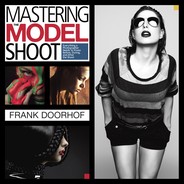Introduction

Welcome to my book. Over the years, my focus has always been on teaching workshops and seminars, and filming the videos I’ve released. When I joined Kelby Training a few years ago, I got into a conversation with Scott and, before I knew it, he talked me into writing a book, and he was right (well, of course he was).
For me, photography is a passion, not just a profession. In fact, I don’t think I ever do a day’s work (although doing bookkeeping comes very close, but hey, that’s only one day a week). I always tell my students that, when it comes to work, you have a few options. The biggest ones are:
1. You can work your whole life for a boss.
You can work long hours (or short), earn a lot of money (or a little), and have some free time for hobbies and your family. A lot of people I know choose this option. They literally “go to work,” and they often don’t really like it. But, it’s what most people do.
2. You can start your own business.
I grew up in a family where owning your own business was normal. Both my grandparents and parents owned companies, so when I was still at school, I already knew I wanted to go into business for myself. Not for the money, but because I don’t want to “go to work” every day. I want to look back later in life and realize that I had a fantastic ride, and if there is enough money to live my life and take care of my family, that’s enough, I think. We don’t need three cars and two houses.
Of course, being in business has its risks, but in today’s economy I don’t think there’s a profession where you can be really certain you’ll be doing the same thing in a few years. At least when you’re in business for yourself, you can control the situation slightly and find new opportunities.
“But, Frank, I thought this was a photography book.” Well, yes, it is. Bear with me. In photography nowadays, there’s a disturbing trend. It’s like the joke I always tell (which is more true than you can imagine): When someone buys a violin, he is someone who owns a violin; however, when someone buys a camera, he is a photographer. I think that says it all.
In the past, photography was a profession that needed the proper training and an understanding of light, chemicals, gear, and more. Nowadays, when you buy a camera (thanks to the big “Polaroid” on the back—what I call my LCD), you can immediately see the results and the learning curve is shorter. That on its own is not a bad thing, but it becomes a bad thing when people start losing their focus on quality, and that is what’s happening in today’s market.
“Photographers” are aiming more toward “spray and pray” techniques, in which they shoot as many images as they can and just hope the right one is there. Also, customers are losing their focus on quality, and that’s not hard to understand. In a market where prices are going down and the quantity is growing explosively, people get used to mediocre photography. It’s simply what everyone sees most of the day and are getting when they hire a “photographer.” I’ve seen websites for wedding shooters that charge $300–$700 for a wedding, including retouching, and when I see their work it’s...well, not really okay, but also not really bad.
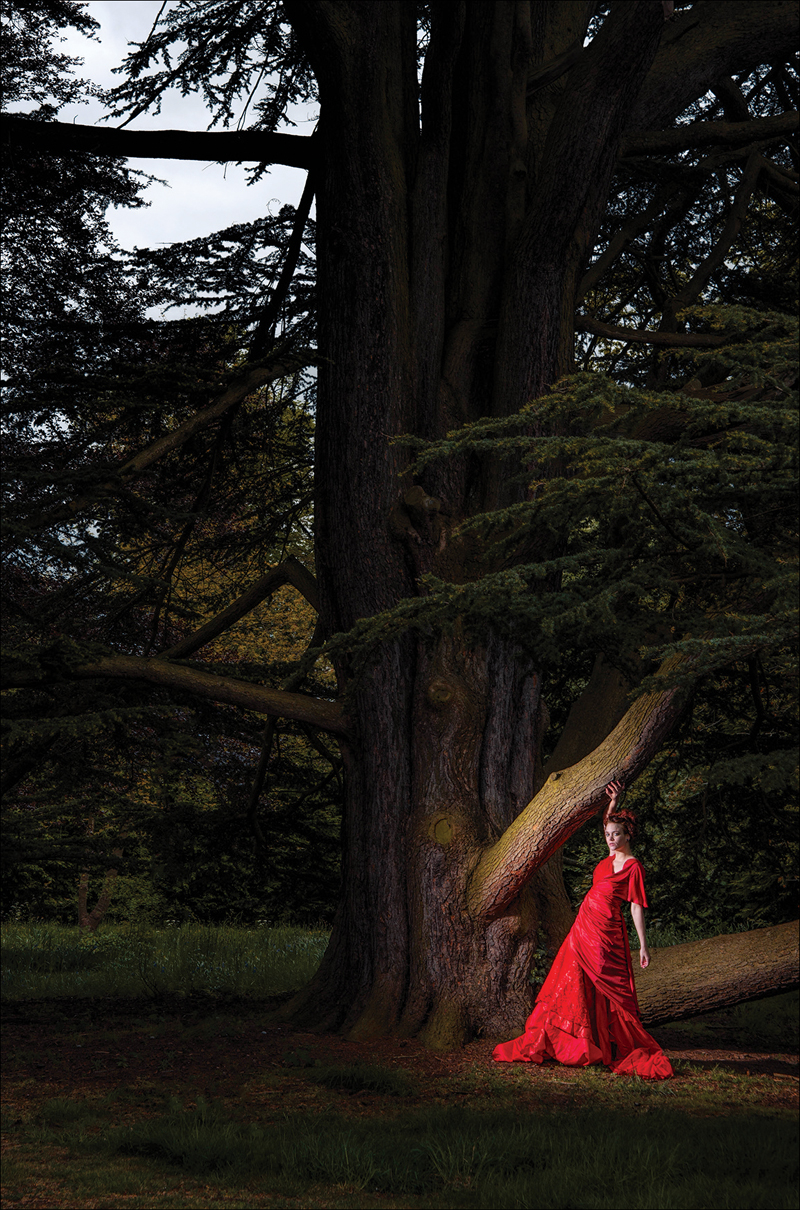
So, when someone wants to hire a photographer for their wedding, they have three options: (1) hire Uncle Harold, who owns a nice DSLR and can make candid shots (maybe even some good ones) for free; (2) hire a “photographer,” pay $300–$700, and at least get shots that are probably better than Uncle Harold’s; (3) hire a real photographer, pay $2,000–$7,000+, and get professional shots. Some of you will say, “Okay, that’s easy, hire the pro.” But there’s more to it than that. Some people simply don’t have the money for a pro and are happy with the “photographers.” And (this might come as a shock), some of the “photographers” are really—and I mean really—good. The problem with them, however, is that they are, in fact, digging their own graves.
The problem is that you can’t charge $300 one day and then raise your price to $2,000 the next because you realize you can’t make a living on $300. So, when they decide to give up their day job and shoot as a pro, they will probably go bankrupt very quickly. So, how do we change this? Well, we can’t. Welcome to the new world. But, we can make it easier for ourselves, and that’s why I wrote this book.
Look at it this way: Photography is there in many forms. One is just taking candids, and I don’t think you’ll make any money there because there are way too many Uncle Harolds. Then there is the “copycat/CC” behavior. You see a lot of forum questions about this, like “How do I get the look of this image?” I’m always a bit puzzled by these questions. For most of the images, it’s clear how to achieve them—mostly it’s in the light, styling, and posing, and the Photoshop work is often in color changes. The people asking this often show images they want to look like “that image” that are differently lit or are shot with strobes while the original is clearly shot with natural light, or vice versa.
Now, say they master that look. They are one step higher in the food chain, and can create a look that’s popular, although it’s not their look. I call these people the engineers. There are plenty of engineers. They earn some money, but if someone else is cheaper and delivering the same look, they will be replaced.
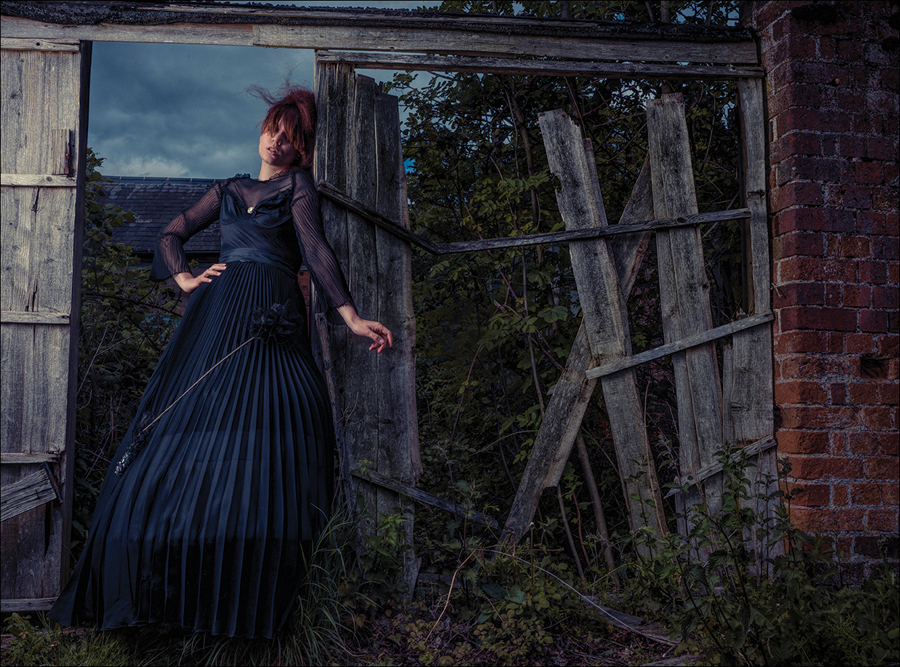
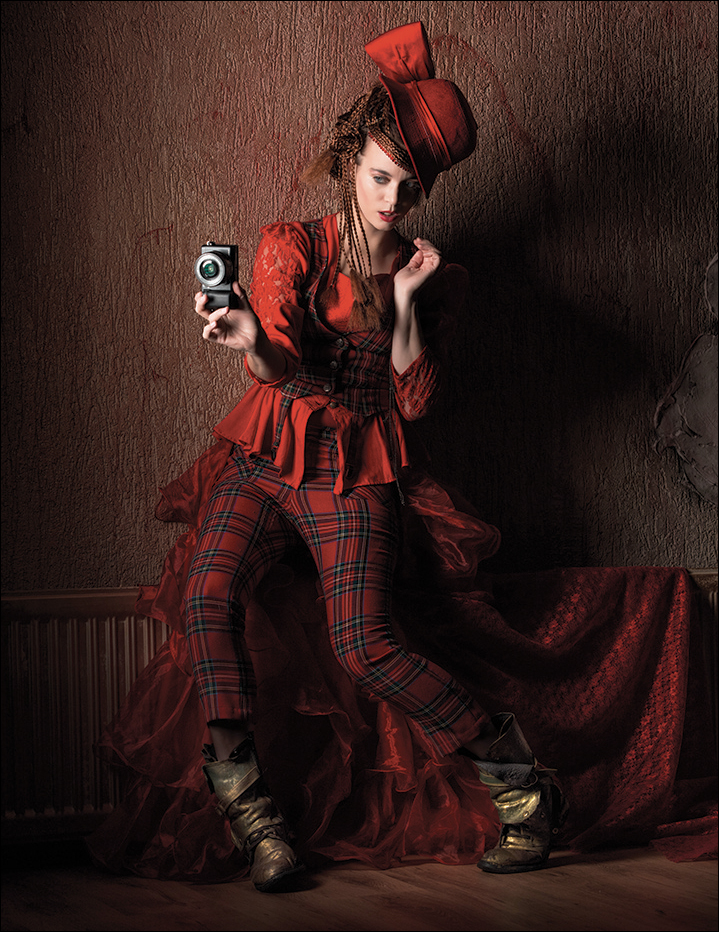
Next, we come to a group I call the artists. These photographers have their own “voice,” They know how to shape images into something that is their own, but they also understand light and Photoshop (or have a good retoucher), so they can create something a customer wants to see. Artists will be hired for their “voice/look” and not for the cheap or copycat look. If you belong in this group, you will be hired for you, not for something else. The customer wants you, so that means you can charge a different price. Don’t overcharge, because there probably will be more yous that also look okay, but if you’re smart, I think this is really where the options are.

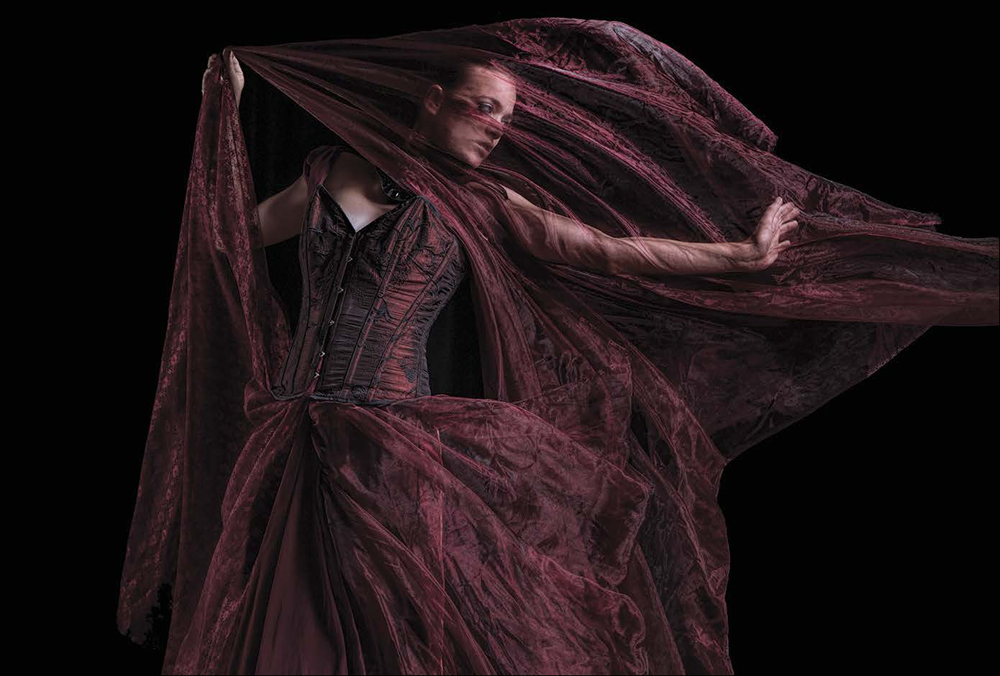
How do you get into that group? If I could give you a one-step solution, I’d probably be rich, but there is no universal formula for success. Over the years that I’ve been teaching, however, I’ve found a lot of similar things that either hold back a photographer or make him successful.
You’ll find a lot of information about these in this book. For me, photography and running a business all boil down to the small details. Of course, you need to master the basics first, but after that, it’s all in the details, and those forgotten details are in a lot of photography I see during portfolio reviews. Take, for example, a beautifully lit model in a great location—a breathtaking image technique-wise. However, I still can’t give the photographer a thumbs-up. If they’d taken a little bit more time for posing or styling, it would’ve all clicked. Or if they’d changed the composition just a bit, the image would’ve rocked.
There are always some people who’ve been shooting for many years, but still produce images that even Uncle Harold would delete. But, most of the portfolio reviews I do are from talented photographers that are just missing one or two pieces of the puzzle. Some will try to “fake it” in Photoshop, but if you need Photoshop to turn a mediocre image into a good one, you are starting the wrong way. If you understand what photography is, you know you can create the look mostly in-camera. If you watch the details, like composition, styling, and posing, you’ll quickly find that photography is about so much more than knowing your camera.
This book is about just that. As I always say, why fake it when you can create it? I hope that with all the tips in this book, you’ll discover the details you need in your own shots and build a good base from there. And don’t think that you have to want to be a pro to read this book. All the tips are universal for Uncle Harold, the engineers, and the artists. Mastering the details will make you a better photographer no matter what level you’re at, and you’ll get more fun out of shooting.
Have fun reading the book, and let your photography grow.
